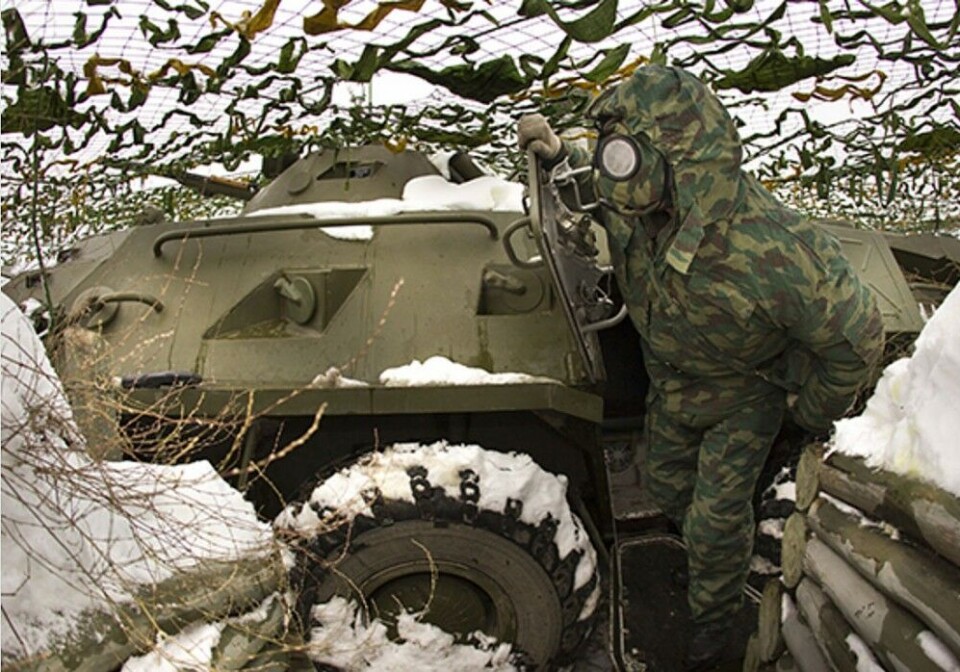
As virus infection looms, Russian Arctic Brigade tests its chemical weapons defense
Infantry units carry out exercise with howitzers, anti-aircraft missile systems and chemical reconnaissance vehicles.
More than 80 units of military hardware this week rolled out of their compounds in the Kola Peninsula to engage in exercise, the Northern Fleet informs. Involved are motorized infantry units under the Northern Fleet’s Arctic Brigade and the military equipment includes self-propelled howitzers Gvozdika, anti-aircraft missile system Strela-10 and armored transport vehicles MTLB.
Shooting was conducted with guided anti-tank missiles Fagot, man-portable infrared homing surface-to-air missile Igla and Kord large-calibre sniper machine guns, military representatives say.
In addition comes chemical war defense training with a RKhM-6 chemical, biological, radiological and nuclear (CBRN) reconnaissance vehicle.
Arctic Brigade trains in Kola Peninsula near border to Finland. Video by Russian Armed Forces
According to the Russian Armed Forces, the CBRN vehicle is capable of realtime mapping the chemical, as well as meteorological, situation in a 6 km radius and provide early warning that can reduce potential losses with up to 70 percent.
The application of the CBRN vehicle in the Kola Peninsula follows similar training over major parts of the western and central Russian military districts. President and Head Commander of the Russian Armed Forces Vladimir Putin on the 25th March announced a preparedness inspection that included the country’s chemical weapons defense forces.
The training of the involved units took place between 25-28th March. The inspection followed immediately after Putin’s speech to the nation where he announced extraordinary measures to combat the coronavirus.
The Russian Arctic Brigade formally belongs to the 80th specialized infantry brigade. It is based in the town of Alakurtti in the Kola Peninsula, only few kilometers from the border to Finland.
















